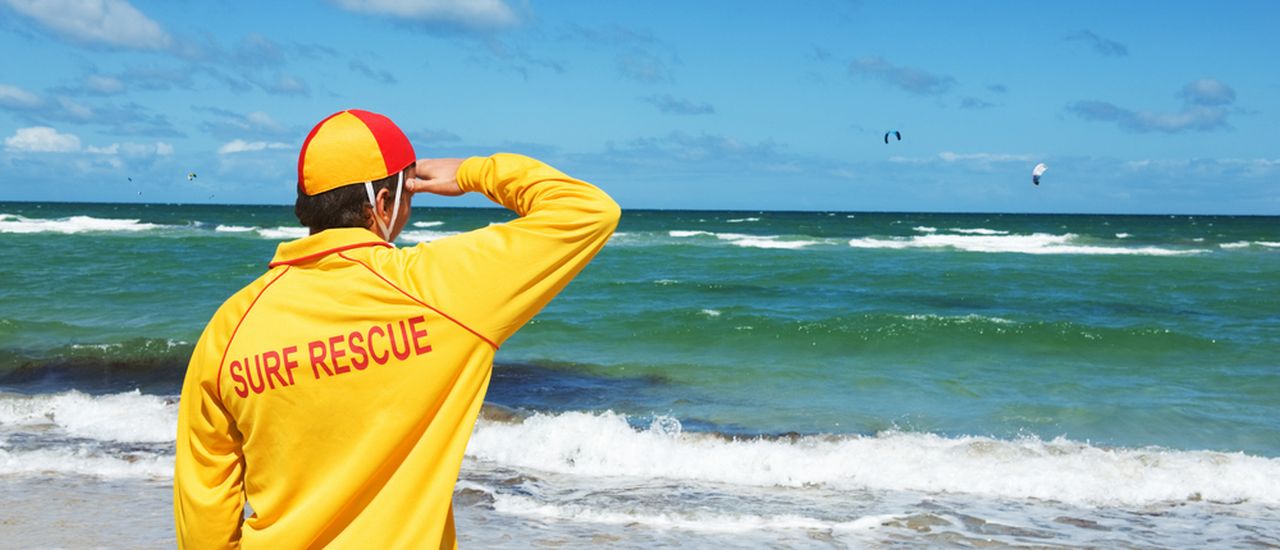Joanne Hart for HelloDoctor.com
Watch out for rip currents at the beach! Rip currents form when waves flow in towards the beach over shallow water or sandbanks, with the water forming a rip (or river) when it flows back into the sea. Here’s important information on how to spot a rip current, and what to do if you find yourself caught in one.
What are rip currents?
Wherever there are waves breaking, rip currents can develop – they’re caused by the water draining back into the sea. Rip currents often move slowly, but certain beaches and wave-patterns can speed them up to 2 metres per second, which is faster than you can swim.
How do I spot a rip current?
It isn’t always easy to spot a rip current, so stay safe and only swim between the marker flags on the beach. There are, however, some tell-tale signs of a rip current:
- A break in the incoming pattern of waves
- Water through a surf zone that’s a different colour to the surrounding water
- Debris or seaweed moving out through the surf/wave zone
- Isolated choppy and turbulent water in the surf zone
The best people to help you with spotting and avoiding rip currents are the lifesavers. Only swim if there are lifeguards on duty, and if there aren’t any on duty then don’t go in deeper than your knee.
What can I do if I get caught in a rip current?
- The most important thing you can do is stay calm, relax and stay afloat either by treading water or floating on your back.
- Relax and let it carry you out past the breakers until it slacks, or swim slowly parallel to the beach until you are free and can swim back to land.
- Rip currents are not undertow, and they will not pull you under, the danger is being carried out to sea. As long as you can float or tread water, you’ll be safe until you can escape the flow and swim back to the beach.
- When swimming back to the beach, do so at an angle to the shoreline – swim slow and steady until you are on land, or until someone comes to help you.
- If you are swimming at a beach where lifesavers are on duty, signal for help and stay calm and afloat until they can reach you.
Prevention is the best precaution
- Don’t swim alone
- Only swim at beaches that have lifesavers on duty
- Speak to the lifesavers before going into the water
- Stay within the safety flag zone
http://www.accidents.co.za/2013/12/19/three-young-women-drown-in-knysna-lagoon/
http://leadsa.co.za/?p=17210

